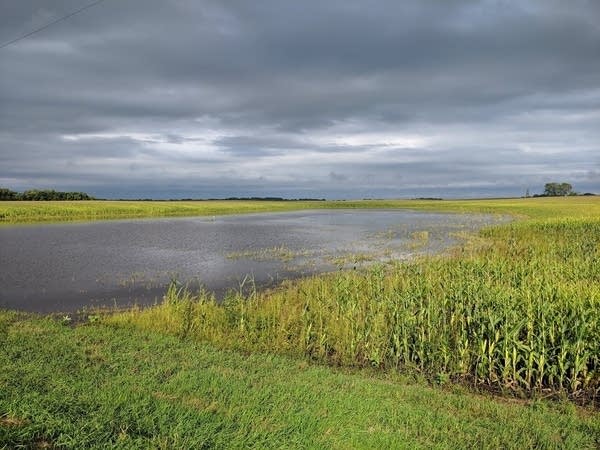‘The fact is we’re behind’: Minn. climate plan calls for swift, strong action

Flooded fields near Stewart, Minnesota in 2019.
Paul Huttner | MPR News 2019
Go Deeper.
Create an account or log in to save stories.
Like this?
Thanks for liking this story! We have added it to a list of your favorite stories.


